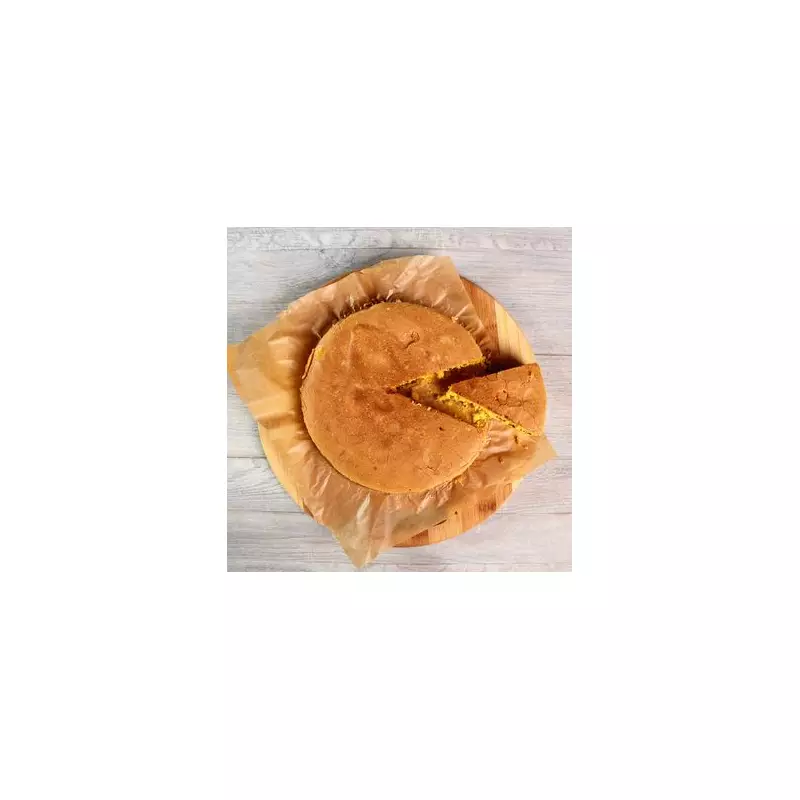
In the world of baking, few names command as much respect as Mary Berry. Her classic recipes have guided generations of home bakers towards perfect results. Recently, I decided to test one of her most celebrated creations: the crunchy top lemon cake from her 1994 Ultimate Cake Book.
The Allure of a Classic Recipe
As an experienced baker who has tried countless recipes over the last ten years, I often find the most satisfaction in returning to traditional, well-executed basics. There's a unique comfort in a perfectly made Victoria sponge or a zesty lemon drizzle cake, reminiscent of the bakes my own nan used to make.
Mary Berry's 1994 recipe collection represents this tradition perfectly. The instructions are straightforward, requiring no complicated techniques or obscure ingredients. For my test, I selected her crunchy top lemon cake, a seemingly simple bake that promised exceptional results.
Creating Mary Berry's Masterpiece
The recipe begins with standard cake ingredients: 100g soft margarine, 175g caster sugar, 175g self-raising flour, one teaspoon of baking powder, two eggs, four tablespoons of milk, and the finely grated rind of one lemon.
What makes Mary's method particularly appealing is its simplicity. Rather than creaming butter and sugar separately or folding in flour carefully, her approach is wonderfully direct: place all cake ingredients in a large bowl and beat thoroughly for about two minutes until smooth and well combined.
After preparing the batter, you pour it into a 20cm deep round cake tin lined with baking paper and bake in an oven preheated to 180°C (160°C for fan ovens) for approximately 30 minutes. The cake is ready when it has slightly pulled away from the tin's sides and a skewer inserted into the centre comes out clean.
The Secret to the Perfect Finish
The magic of this recipe lies in its signature crunchy topping. While the cake is still warm from the oven, you combine the juice of one lemon with 100g caster sugar and spread this mixture over the surface.
According to Mary's recipe notes: "The secret is to pour the crunchy topping over the cake while it is still warm so that the lemon soaks in and the sugar stays on top." This technique creates a delightful dual-texture experience – a moist, lemon-infused sponge beneath a crisp, sugary crust.
The cake must then be left in the tin until completely cold before turning it out, removing the paper, and serving.
The Delicious Verdict
The result was nothing short of spectacular. This lemon cake produced the fluffiest, lightest sponge I have ever baked at home. The lemon flavour was subtle yet present throughout the cake, while the crunchy topping provided a wonderful contrast in texture.
My family adored this bake so much that the entire cake disappeared within two days. I particularly appreciated the straightforward nature of both the ingredients and method – a testament to Mary Berry's philosophy that excellent baking need not be complicated.
For anyone seeking a reliable, impressive cake recipe that delivers professional results with minimal fuss, Mary Berry's 1994 lemon cake is an absolute winner that deserves its place in your baking repertoire.





